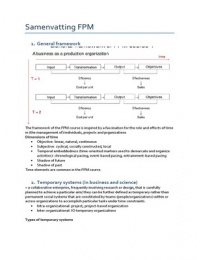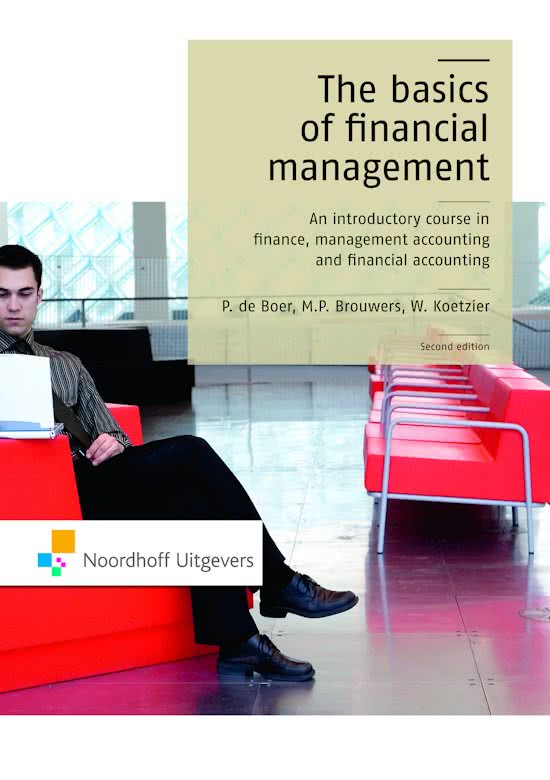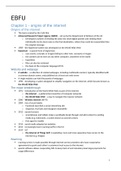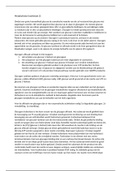Samenvatting
Summary Financial and Project Management
- Vak
- Instelling
- Boek
In dit document is de volledige cursus "Financial and Project Management" van de studie Organisatiewetenschappen samengevat in 60 pagina's. De samenvatting omvat alle voor het tentamen verplichte leerstof. Uitgebreid maar duidelijk leesbaar, ook makkelijk uit te printen en mee te nemen naar het ten...
[Meer zien]






